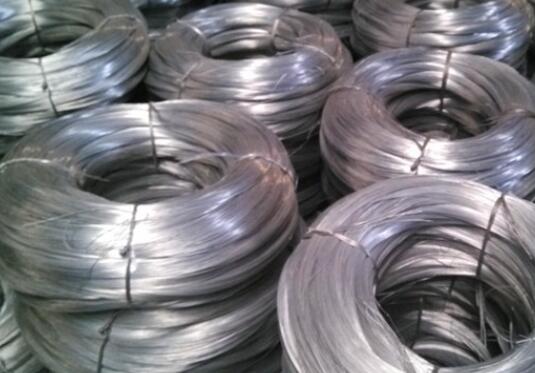Understanding Nails for Concrete Forms A Comprehensive Guide
When working with concrete, the quality and efficiency of your project depend significantly on the types of materials used, particularly when it comes to forming. Nails for concrete forms are crucial components that hold the formwork together, ensuring that it remains stable and secure as the concrete is poured and sets. This article explores the types, materials, and best practices for selecting nails specifically designed for concrete forming.
Types of Nails for Concrete Forms
There are several types of nails that are commonly used for concrete forms, each serving a unique purpose
1. Common Nails These are the most basic form of nails, typically composed of steel and used extensively in various construction applications. While they can be used for temporary concrete forms, they may not provide the best hold.
2. Concrete Nails Specifically designed to penetrate concrete, these nails are made from hardened steel. Their thick shank and sharp tip allow them to be driven directly into concrete with minimal effort, making them ideal for securing forms.
3. Ring Shank Nails These nails are designed with ridges along the shank, providing increased holding power. This feature makes them an excellent choice for securing formwork as they resist withdrawal more effectively than smooth shank nails.
4. Spikes Larger and heavier than common nails, spikes are often used for heavy-duty formwork applications. Their size allows them to hold larger and heavier forms in place, providing exceptional stability during the pouring process.
5. Galvanized Nails When working in areas exposed to moisture, galvanized nails are essential. The galvanization process adds a protective layer to the steel, preventing rust and corrosion, which can compromise the integrity of the formwork.
nails for concrete forms

Best Practices for Using Nails in Concrete Forming
To achieve the best results with your concrete forms, consider the following best practices when using nails
- Choose the Right Nail Select the appropriate type and size of nail based on the specific requirements of your formwork. For lighter forms, common or concrete nails might suffice, while heavier structures may benefit from spikes or ring shank nails.
- Pre-drilling For harder concrete, pre-drilling holes can prevent the nails from bending and ensure a straight insertion. This is especially important for larger nails and when working with steel-reinforced concrete.
- Spacing Ensure that nails are spaced correctly along the formwork. Typically, nails should be placed about 12 to 16 inches apart, but this can vary depending on the size and weight of the form being used.
- Withdrawal Resistance Use nails that provide maximum withdrawal resistance for vertical forms. This will help in preventing any movement as the concrete is poured, ensuring a clean finish and stable structure.
- Regular Checks During the pouring process, regularly check the stability of your forms. Use a rubber mallet to tap any nails that may have become loose or shifted out of place.
Conclusion
In conclusion, selecting the right nails for concrete forms is vital to the success of any concrete project. By understanding the different types of nails available and adhering to best practices, you can ensure that your formwork remains stable and secure throughout the concrete pouring process. Remember, the integrity of your final structure heavily relies on the quality and accuracy of the materials used in its formation. Whether you're a seasoned contractor or a DIY enthusiast, investing time in selecting the proper nails will pay off in the durability and longevity of your concrete work.

















